
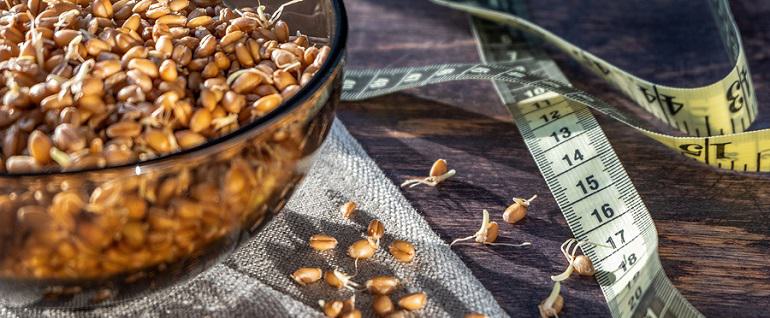

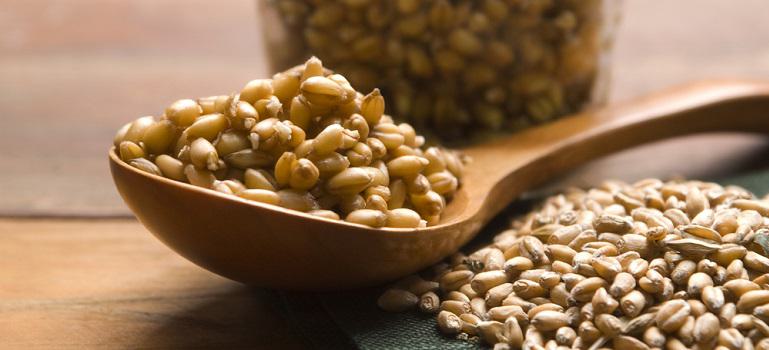 The edible part of the wheat kernel contains three different parts: the bran, the germ and the endosperm. With these three components, whole grains offer the eater elements like fiber, complex carbohydrates, vitamins, minerals, fatty acids and antioxidants. When these nutrients work together, they are a powerhouse! However, when whole grains are refined, the bran and germ are stripped away, leaving only the starchy endosperm. The endosperm lacks the fiber that is in the bran and the nutrients that are in the germ.
Wheat germ health benefits abound, as its the heart of the wheat berry. Two tablespoons are just 45 calories with 1 gram of unsaturated fat and 2 grams of dietary fiber, 10% of the recommended daily value of folate, 8% of your recommended daily value of phosphorus, magnesium and zinc, 15% of your vitamin E and 10% of your thiamin requirements. Its also is a cholesterol and sodium free food.
The edible part of the wheat kernel contains three different parts: the bran, the germ and the endosperm. With these three components, whole grains offer the eater elements like fiber, complex carbohydrates, vitamins, minerals, fatty acids and antioxidants. When these nutrients work together, they are a powerhouse! However, when whole grains are refined, the bran and germ are stripped away, leaving only the starchy endosperm. The endosperm lacks the fiber that is in the bran and the nutrients that are in the germ.
Wheat germ health benefits abound, as its the heart of the wheat berry. Two tablespoons are just 45 calories with 1 gram of unsaturated fat and 2 grams of dietary fiber, 10% of the recommended daily value of folate, 8% of your recommended daily value of phosphorus, magnesium and zinc, 15% of your vitamin E and 10% of your thiamin requirements. Its also is a cholesterol and sodium free food.
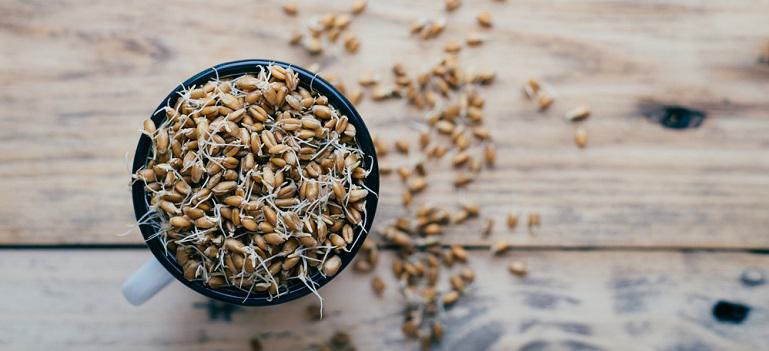 Our high-quality wheat germ can be used in everything from casseroles to muffins. It can even be used as a binder in meatloaf and to replace breadcrumbs. Once you get used to using wheat germ, the possibilities are seemingly endless. Sprinkle it over your morning yogurt as you head out the door, add it to smoothies or mix it into a bowl of cold cereal and nut milk.
When youre baking cookies, muffins and breads, you can use wheat germ to replace up to 1/2 cup of flour. You can also use it as a topping for cobblers and pies or as a breading for fish.
Complementary Ingredients and Dishes For Wheat Germ
Our high-quality wheat germ can be used in everything from casseroles to muffins. It can even be used as a binder in meatloaf and to replace breadcrumbs. Once you get used to using wheat germ, the possibilities are seemingly endless. Sprinkle it over your morning yogurt as you head out the door, add it to smoothies or mix it into a bowl of cold cereal and nut milk.
When youre baking cookies, muffins and breads, you can use wheat germ to replace up to 1/2 cup of flour. You can also use it as a topping for cobblers and pies or as a breading for fish.
Complementary Ingredients and Dishes For Wheat Germ
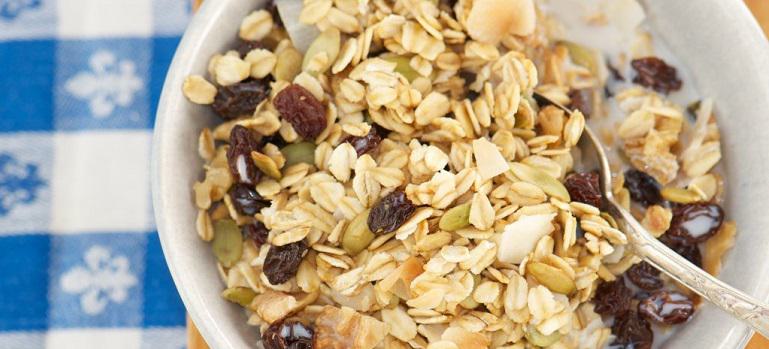 Bob's Homemade Granola recipe has been a company favorite for years (and can be found on our packages of Shredded Coconut). Its made with Regular Rolled Oats, Shredded Coconut, Wheat Germ, Premium Shelled Sunflower Seeds, Brown Sesame Seeds, Pumpkin Seeds, Chopped Walnuts, honey, melted butter, water, sea salt and vanilla extract. Once the granola has been baked and oats are crisp, allow it to cool and add your raisins. This granola can be stored for up to three weeks without refrigeration and tastes wonderful on top of plain yogurt or with almond milk.
Bob's Homemade Granola recipe has been a company favorite for years (and can be found on our packages of Shredded Coconut). Its made with Regular Rolled Oats, Shredded Coconut, Wheat Germ, Premium Shelled Sunflower Seeds, Brown Sesame Seeds, Pumpkin Seeds, Chopped Walnuts, honey, melted butter, water, sea salt and vanilla extract. Once the granola has been baked and oats are crisp, allow it to cool and add your raisins. This granola can be stored for up to three weeks without refrigeration and tastes wonderful on top of plain yogurt or with almond milk.
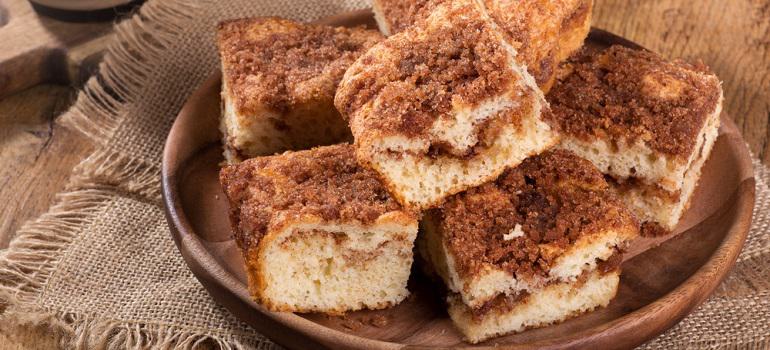 This Whole Wheat Coffee Cake is made with brown sugar-sweetened pecans to highlight the slight nuttiness of the whole wheat flour. The addition of buttermilk and vanilla adds extra flavor. Depending on when youre making this decadent treat, sprinkle cinnamon, nutmeg or pumpkin spice into your batter alongside the wheat germ. If youre looking to turn it into a breakfast dessert fit for a special gathering, use powdered sugar and a bit of coffee liqueur to make a glaze. Serve alongside homemade lattes or big mugs of hot coffee with whipped cream.
This Whole Wheat Coffee Cake is made with brown sugar-sweetened pecans to highlight the slight nuttiness of the whole wheat flour. The addition of buttermilk and vanilla adds extra flavor. Depending on when youre making this decadent treat, sprinkle cinnamon, nutmeg or pumpkin spice into your batter alongside the wheat germ. If youre looking to turn it into a breakfast dessert fit for a special gathering, use powdered sugar and a bit of coffee liqueur to make a glaze. Serve alongside homemade lattes or big mugs of hot coffee with whipped cream.
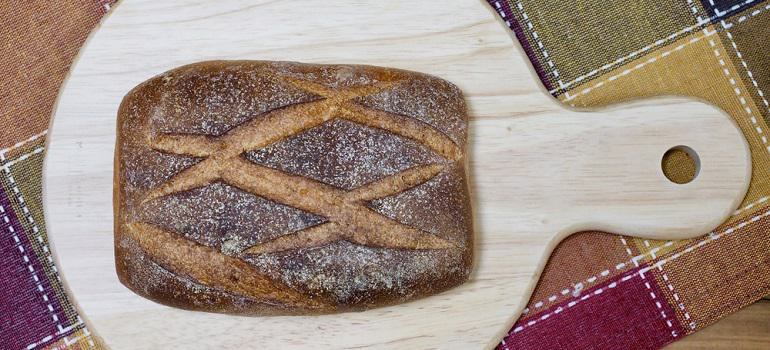 This recipe for Tangy Cheese & Nut Wheat Bread was a prize winner at the 2005 Oregon State Fair, and for a (tasty) good reason. It uses cheese and beer for its tangy taste which, when combined with ingredients like wheat germ, cayenne pepper and chopped walnuts, makes for an incredible dish. We highly suggest brushing the tops of loaves with butter and serving alongside a mug of cold beer, if desired.
This recipe for Tangy Cheese & Nut Wheat Bread was a prize winner at the 2005 Oregon State Fair, and for a (tasty) good reason. It uses cheese and beer for its tangy taste which, when combined with ingredients like wheat germ, cayenne pepper and chopped walnuts, makes for an incredible dish. We highly suggest brushing the tops of loaves with butter and serving alongside a mug of cold beer, if desired.
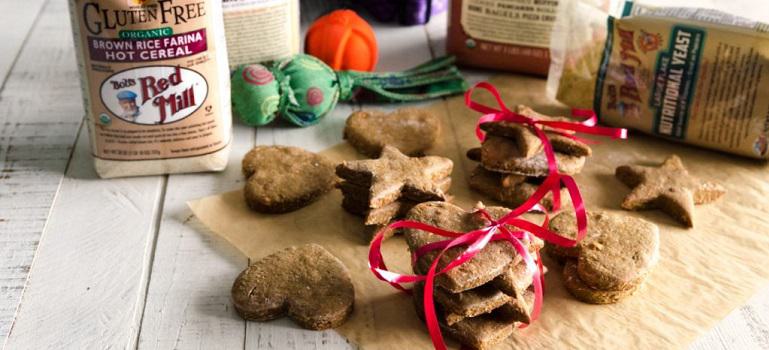 Yes, its truewheat germ can be enjoyed by your furry four-legged friends, too. Show your pups some love with these nutritious, homemade Dog Treats. Theyre made with Organic Brown Rice Farina, Organic Whole Wheat Flour, Barley Flour, Whole Grain Oat Flour, Wheat Germ, Nutritional Yeast, Organic Quick Cooking Rolled Oats, water or broth, pure peanut butter, eggs, molasses, diced apples and shredded carrot. Once baked, make sure to let them cool completely before serving them to your canine pal! Store in an airtight container (or invite your pups pals over for a gathering).
Yes, its truewheat germ can be enjoyed by your furry four-legged friends, too. Show your pups some love with these nutritious, homemade Dog Treats. Theyre made with Organic Brown Rice Farina, Organic Whole Wheat Flour, Barley Flour, Whole Grain Oat Flour, Wheat Germ, Nutritional Yeast, Organic Quick Cooking Rolled Oats, water or broth, pure peanut butter, eggs, molasses, diced apples and shredded carrot. Once baked, make sure to let them cool completely before serving them to your canine pal! Store in an airtight container (or invite your pups pals over for a gathering).
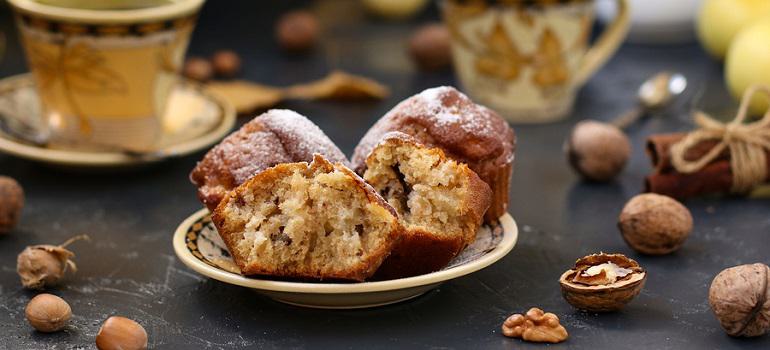 This recipe for Favorite Bran Muffins with Apples & Walnuts is perfect if youre looking for a nutrition-packed and kid-friendly morning meal. Its full of amazing ingredients like chopped walnuts, diced apples, wheat bran, wheat germ, molasses, buttermilk, Unbleached White All-Purpose Flour and eggs. You can enlist the help of your littlest baking assistants for these muffins, which will help get them excited at the idea of including wheat germ in things like yogurt and smoothies.
Wheat germ is an amazing product thats full of a wide array of health benefits, from antioxidants, to protein, to fiber.
If youre looking for ways to incorporate it, start small by sprinkling it onto cold cereal and then progress to using it in baked goods and casseroles!
How do you use Bobs Red Mill wheat germ? Let us know in the comments below!
This recipe for Favorite Bran Muffins with Apples & Walnuts is perfect if youre looking for a nutrition-packed and kid-friendly morning meal. Its full of amazing ingredients like chopped walnuts, diced apples, wheat bran, wheat germ, molasses, buttermilk, Unbleached White All-Purpose Flour and eggs. You can enlist the help of your littlest baking assistants for these muffins, which will help get them excited at the idea of including wheat germ in things like yogurt and smoothies.
Wheat germ is an amazing product thats full of a wide array of health benefits, from antioxidants, to protein, to fiber.
If youre looking for ways to incorporate it, start small by sprinkling it onto cold cereal and then progress to using it in baked goods and casseroles!
How do you use Bobs Red Mill wheat germ? Let us know in the comments below!